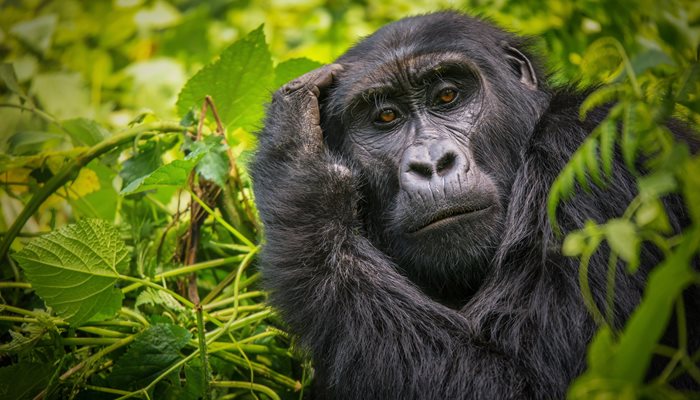There are only around 1,000 mountain gorillas left in the world today. These gorillas can be found in the dense rainforests in Uganda, Rwanda and the Democratic Republic of Congo. Wherever you head to for your gorilla trek, the experience will be simply magical. When you are in the presence of a mountain gorilla – be it a whole family, or a huge Silverback gorilla – you will feel vulnerable and humbled at the same time. It is a once-in-a-lifetime experience.
Although there is constant threat to these incredible primates, conservation and tourism initiatives is what keeps them protected. The cost of gorilla permits may seem quite high ($750 per person in Uganda, and $1,500 per person in Rwanda) but this money goes directly towards the protection of the mountain gorillas, contributing to ranger salaries and sustaining their efforts.
We regularly get asked “What is the difference between a Uganda and Rwanda gorilla trek?” Our travel experts have done both experiences so we are happy to discuss the differences with you over the phone but, as a short overview, the main difference is the logistics behind the treks.








